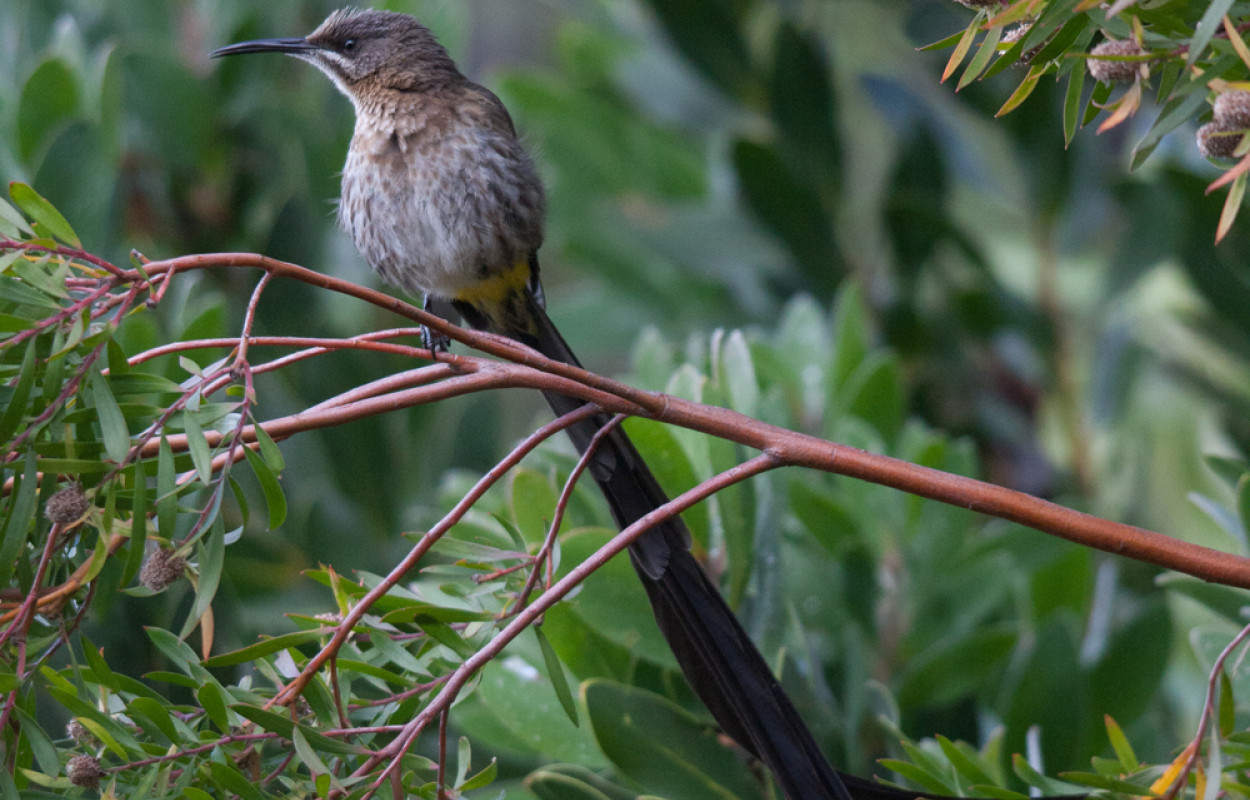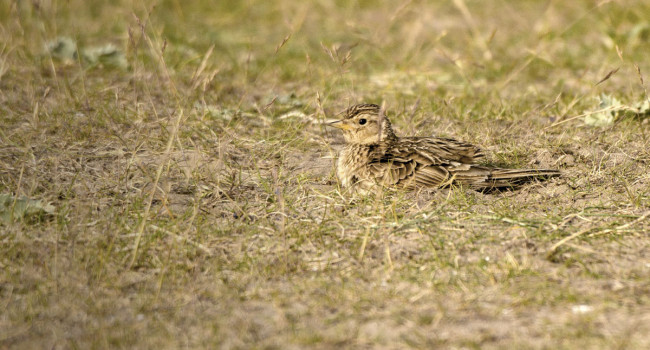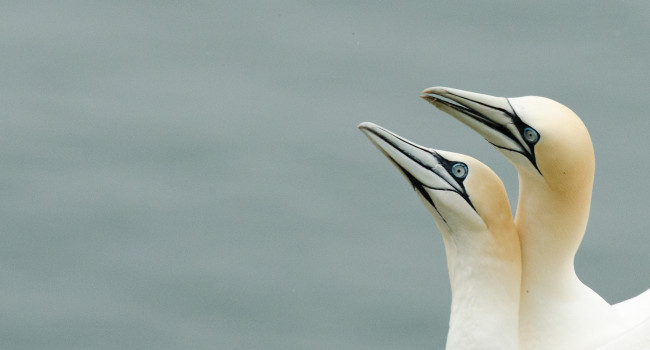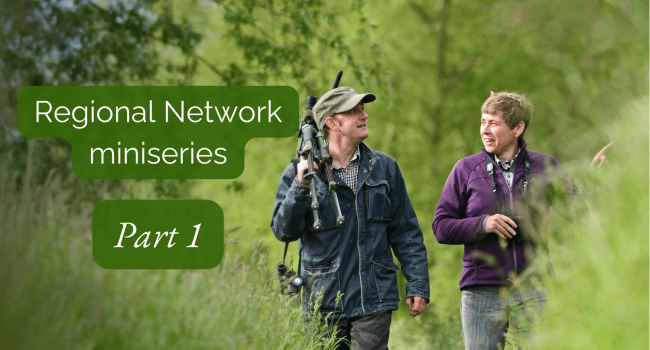A demonstration of the value of recapture data for informing moult phenology models for species with imperfect moult data.

Author(s): Boersch-Supan, P.H., Lee, A.T.K & Oschadleus, H.D.
Published: September 2023
Journal: Ostrich
Digital Identifier No. (DOI): 10.2989/00306525.2023.2248396
Researchers seeking to understand moult in the context of these other events need robust measures of moult duration and timing. Moult data collected by bird ringers and other researchers require specialised statistical models. These models have revolutionised the study of moult in the context of birds’ annual cycles. However, they are vulnerable to imperfect moult data, arising, for example, from non-random sampling and/or the misclassification of non-moulting birds. The models can also struggle with species where moult periods extend over long periods of time and beyond an annual cycle.
Recent BTO research has provided statistical extensions to moult models which can address these challenges. This paper uses ringing data from Cape Weavers Ploceus capensis and Cape Sugarbirds Promerops cafer which could not be analysed with existing statistical models, and demonstrates how the new extended models allow the estimation of moult timing and duration.







Share this page